While the updates that you install on your Windows PC are supposed to make the PC more faster, some updates do the opposite. There have been cases where a Windows update caused PCs to slow down. If you have been caught by this issue and your PC is running slower than before you installed the update, this guide should help you deal with it.
Let’s check out what you can do if your Windows update is taking forever:
How to Fix Computer Slows After Windows Update with Common Tips
In this section, you are going to find some of the most commonly used methods to fix a Windows 10 computer that has slowed down after an update. You may try all of the methods until you find the one that works for your computer.
Tip 1. Turn On the Fast Startup Feature
Fast startup is a feature on your Windows PC that improves the time it takes for your computer to boot-up. As your PC has slowed down after an update, it is worth enabling the fast startup feature to make your PC more faster.
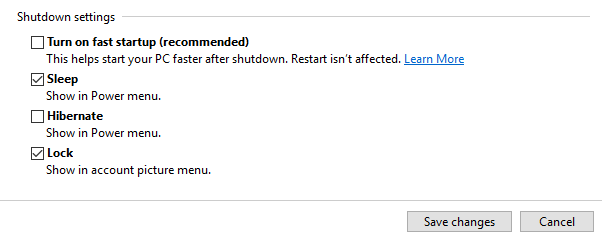
Enable fast startup on your computer
It is pretty easy to turn the feature on as it is built right into your system and can easily be accessed from Control Panel. Once you have reached the screen for the feature, simply checkmark the box that says Turn on fast startup and the feature will be enabled on your computer.
Tip 2. Update Device Drivers on Your PC
New Windows updates require you to be running the latest drivers available for your devices. If you have not updated the drivers for your physical peripherals, it is time that you do it. Most of the drivers that you need can easily be downloaded from the Internet.
Simply visit the manufacturer website of your hardware devices and you will find the link to download the required drivers for your PC. Install the drivers and reboot your computer. You will find that your PC now works much faster than before.
Tip 3. Roll Back the Windows Update
If enabling fast startup and updating the drivers did not do the job for you, you may want to look into rolling back the update that you have just installed on your computer. It may be that the update has an issue. In that case, you can go back to the previous version of the OS.
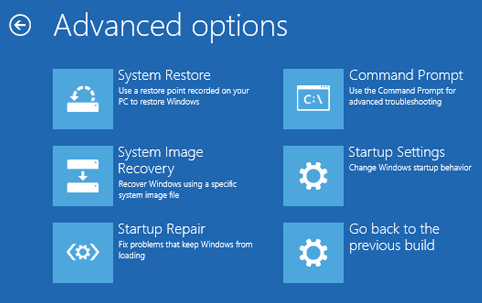
Get your computer back to the previous build
In order to roll back your computer, you need to open Settings and head to Update & Security > Recovery > Advanced startup > Restart now > Troubleshoot. Once you are there, find and click on the option that says Go back to the previous build to roll back the update on your computer.
How to Fix Computer Slows After Windows Update with Ashampoo
If you would not like to roll back to the previous build but wish to get rid of the slowdown, there is a third-party application to help you optimize and improve your PC’s performance.
Meet Ashampoo WinOptimizer, a full solution for cleaning up and speeding up the performance of your computer. The app comes with multiple modules to let you get rid of junk and make your computer faster than ever.
Here are some of the main features of the app:
- Automatic detection and clean-up of junk content.
- One-click optimization of your entire PC.
- Clean Windows Registry which helps with the performance of the PC.
- Defrag all of your hard disks.
It is easy to use the app and here’s how you do it.
Step 1: Open a web browser and head over to the Ashampoo WinOptimizer website to download and install the app on your PC.
Step 2: Launch the app on your PC. Click on All modules in the left panel and choose One Click Optimizer from the right panel.
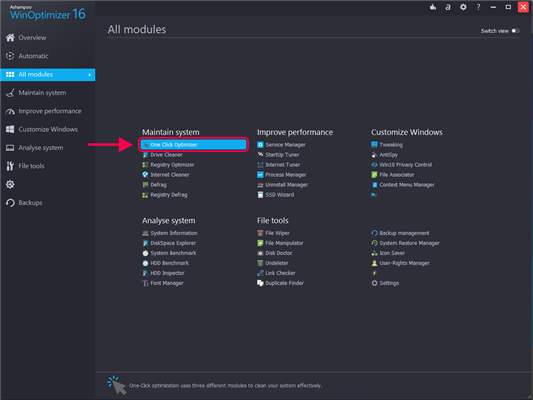
Open One Click Optimizer to fix your slow computer after an update
Step 3: Choose work mode on the following screen, review the content to be deleted, and click on the OK button.
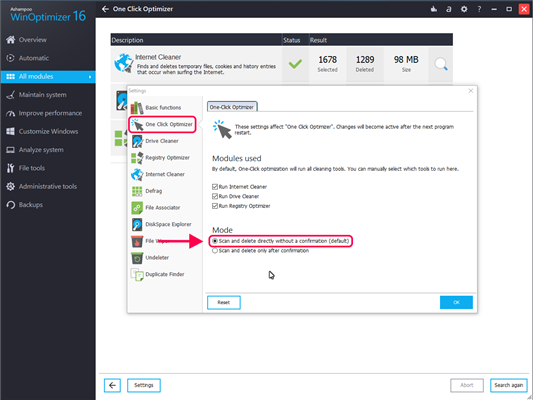
Review the optimizer settings and hit OK
Step 4: The app will keep you updated on each task that it is performing on your PC. You will see something like below on your screen.
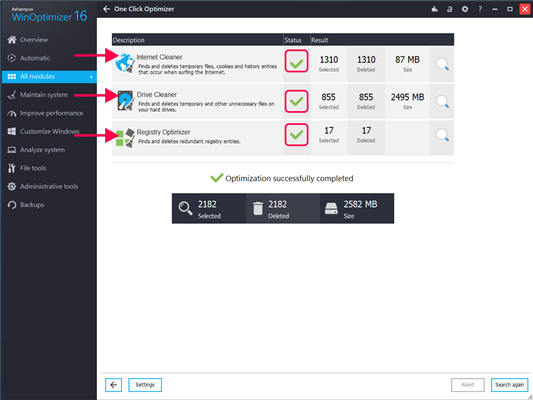
View the cleaning process being performed on your PC
Step 5: When the task is done, the app will show a success message as shown below.
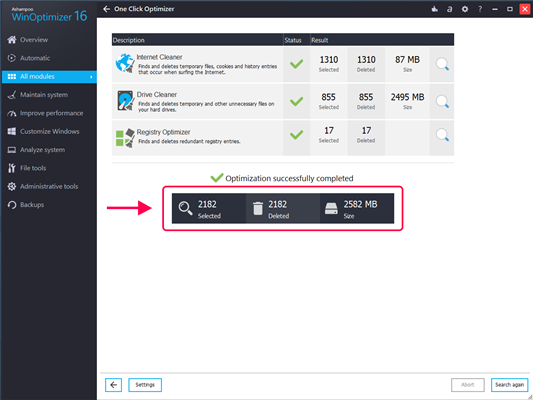
Cleaning of your computer is finished
You are done. That is how you fix a computer that runs slow after a Windows update.
The Bottom Line
If a Windows update has messed up your computer and your computer is running too slow, the above guide should teach you how to deal with the situation. We hope it helps you bring your PC back to its original performance track.

Joy Taylor


Member of iMobie team as well as an Apple fan, love to help more users solve various types of iOS & Android related issues.
Screenify
AnyEnhancer
FocuSee
Vozard
AnyMiro
AnyMirror






